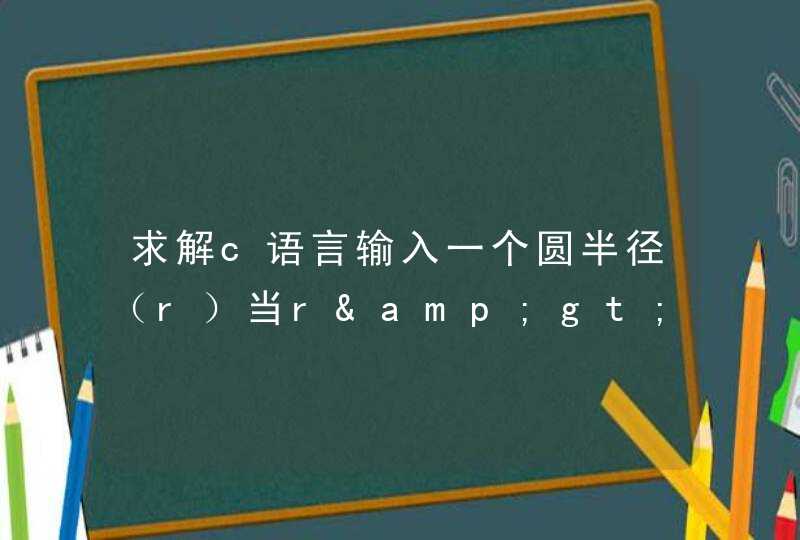
python内置函数有:
abs:求数值的绝对值
>>>abs(-2) 2
pmod:返回两个数值的商和余数
>>>pmod(5,2) (2,1) >>pmod(5.5,2) (2.0,1.5)
bool:根据传入的参数的逻辑值创建一个布尔值
>>>bool() #未传入参数 False >>>bool(0) #数值0、空序列等值为False False >>>bool(1) True
all:判断可迭代对象的每个元素是否都为True值
>>>all([1,2]) #列表中每个元素逻辑值均为True,返回True True >>> all(()) #空元组 True >>> all({}) #空字典 True
help:返回对象的帮助信息
>>> help(str) Help on class str in module builtins: class str(object) | str(object='') -> str | str(bytes_or_buffer[, encoding[, errors]]) -> str | | Create a new string object from the given object. If encoding or | errors is specified, then the object must expose a data buffer | that will be decoded using the given encoding and error handler. | Otherwise, returns the result of object.__str__() (if defined) | or repr(object). | encoding defaults to sys.getdefaultencoding(). | errors defaults to 'strict'. | | Methods defined here: | | __add__(self, value, /) Return self+value.
_import_:动态导入模块
index = __import__('index') index.sayHello()
locals:返回当前作用域内的局部变量和其值组成的字典
>>> def f(): print('before define a ') print(locals()) #作用域内无变量 a = 1 print('after define a') print(locals()) #作用域内有一个a变量,值为1 >>> f>>> f() before define a {} after define a {'a': 1}
input:读取用户输入值
>>> s = input('please input your name:') please input your name:Ain >>> s 'Ain'
open:使用指定的模式和编码打开文件,返回文件读写对象
# t为文本读写,b为二进制读写 >>> a = open('test.txt','rt') >>> a.read() 'some text' >>> a.close()
eval:执行动态表达式求值
>>> eval('1+2+3+4') 10
除了上述举例的函数之外,内置函数按分类还可分为:
1、数学运算(7个)
2、类型转换(24个)
3、序列操作(8个)
4、对象操作(7个)
5、反射操作(8个)
6、变量操作(2个)
7、交互操作(2个)
8、文件操作(1个)
9、编译操作(4个)
10、装饰器(3个)
python的常用内置函数
1.abs() 函数返回数字的绝对值
abs(-40)=40
2. dict() 函数用于创建一个字典
>>dict()
>>{} #创建一个空字典类似于u={},字典的存取方式一般为key->value
例如u = {"username":"tom", "age":18}
3. help() 函数用于查看函数或模块用途的详细说明
>>help('math')查看math模块的用处
>>a=[1,2,3,4]
>>help(a)查看列表list帮助信息
4.dir()获得当前模块的属性列表
>>dir(help)
['__call__', '__class__', '__delattr__', '__dict__', '__dir__', '__doc__', '__eq__', '__format__', '__ge__', '__getattribute__', '__gt__', '__hash__', '__init__', '__le__', '__lt__', '__module__', '__ne__', '__new__', '__reduce__', '__reduce_ex__', '__repr__', '__setattr__', '__sizeof__', '__str__', '__subclasshook__', '__weakref__']
>>>
5.min() 方法返回给定参数的最小值 /参数可以为序列
>>>a= min(10,20,30,40)
>>>a
10
6. next() 返回迭代器的下一个项目
>>>it = iter([1, 2, 3, 4, 5])
>>>next(it)
1
>>>
>>>next(it)
2
>>>
7. id() 函数用于获取对象的内存地址
>>>a=12
>>>id(a)
1550569552
8.enumerate() 函数用于将一个可遍历的数据对象(如列表、元组或字符串)组合为一个索引序列,同时列出数据和数据下标,一般用在 for 循环当中。
>>>a=["tom","marry","leblan"]
>>>list(enumerate(a))
[(0, 'tom'), (1, 'marry'), (2, 'leblan')]
>>>
9. oct() 函数将一个整数转换成8进制字符串
>>>oct(15)
'0o17'
>>>oct(10)
'0o12'
>>>
10. bin() 返回一个整数 int 或者长整数 long int 的二进制表示
>>>bin(10)
'0b1010'
>>>bin(15)
'0b1111'
>>>
11.eval() 函数用来执行一个字符串表达式,并返回表达式的值
>>>eval('2+2')
4
12.int() 函数用于将一个字符串会数字转换为整型
>>>int(3)
3
>>>int(3.6)
3
>>>int(3.9)
3
>>>int(4.0)
4
>>>
13.open() 函数用于打开一个文件,创建一个file对象,相关的方法才可以调用它进行读写
>>>f=open('test.txt')
14.str() 函数将对象转化为适于人阅读的形式
>>>str(3)
'3'
>>>
15. bool() 函数用于将给定参数转换为布尔类型,如果没有参数,返回 False
>>>bool()
False
>>>bool(1)
True
>>>bool(10)
True
>>>bool(10.0)
True
16.isinstance() 函数来判断一个对象是否是一个已知的类型
>>>a=5
>>>isinstance(a,int)
True
>>>isinstance(a,str)
False
>>>
17. sum() 方法对系列进行求和计算
>>>sum([1,2,3],5)
11
>>>sum([1,2,3])
6
>>>
18. super() 函数用于调用下一个父类(超类)并返回该父类实例的方法。super 是用来解决多重继承问题的,直接用类名调用父类方法
class User(object):
def__init__(self):
class Persons(User):
super(Persons,self).__init__()
19. float() 函数用于将整数和字符串转换成浮点数
>>>float(1)
1.0
>>>float(10)
10.0
>>>
20. iter() 函数用来生成迭代器
>>>a=[1,2,3,4,5,6]
>>>iter(a)
>>>for i in iter(a):
... print(i)
...
1
2
3
4
5
6
>>>
21.tuple 函数将列表转换为元组
>>>a=[1,2,3,4,5,6]
>>>tuple(a)
(1, 2, 3, 4, 5, 6)
>>>
22.len() 方法返回对象(字符、列表、元组等)长度或项目个数
>>>s = "playbasketball"
>>>len(s)
14
>>>a=[1,2,3,4,5,6]
>>>len(a)
6
>>>
23. property() 函数的作用是在新式类中返回属性值
class User(object):
def __init__(self,name):
self.name = name
def get_name(self):
return self.get_name
@property
def name(self):
return self_name
24.type() 函数返回对象的类型
25.list() 方法用于将元组转换为列表
>>>b=(1,2,3,4,5,6)
>>>list(b)
[1, 2, 3, 4, 5, 6]
>>>
26.range() 函数可创建一个整数列表,一般用在 for 循环中
>>>range(10)
range(0, 10)
>>>range(10,20)
range(10, 20)
>>>
27. getattr() 函数用于返回一个对象属性值
>>>class w(object):
... s=5
...
>>>a = w()
>>>getattr(a,'s')
5
>>>
28. complex() 函数用于创建一个复数或者转化一个字符串或数为复数。如果第一个参数为字符串,则不需要指定第二个参数
>>>complex(1,2)
(1+2j)
>>>complex(1)
(1+0j)
>>>complex("1")
(1+0j)
>>>
29.max() 方法返回给定参数的最大值,参数可以为序列
>>>b=(1,2,3,4,5,6)
>>>max(b)
6
>>>
30. round() 方法返回浮点数x的四舍五入值
>>>round(10.56)
11
>>>round(10.45)
10
>>>round(10.45,1)
10.4
>>>round(10.56,1)
10.6
>>>round(10.565,2)
10.56
>>>
31. delattr 函数用于删除属性
>>>class Num(object):
... a=1
... b=2
... c=3.
..>>>print1 = Num()
>>>print('a=',print1.a)
a= 1
>>>print('b=',print1.b)
b= 2
>>>print('c=',print1.c)
c= 3
>>>delattr(Num,'b')
>>>print('b=',print1.b)
Traceback (most recent call last): File "", line 1, inAttributeError: 'Num' object has no attribute 'b'
>>>
32. hash() 用于获取取一个对象(字符串或者数值等)的哈希值
>>>hash(2)
2
>>>hash("tom")
-1675102375494872622
33. set() 函数创建一个无序不重复元素集,可进行关系测试,删除重复数据,还可以计算交集、差集、并集等。
>>>a= set("tom")
>>>b = set("marrt")
>>>a,b
({'t', 'm', 'o'}, {'m', 't', 'a', 'r'})
>>>a&b#交集
{'t', 'm'}
>>>a|b#并集
{'t', 'm', 'r', 'o', 'a'}
>>>a-b#差集
{'o'}
>>>




































































